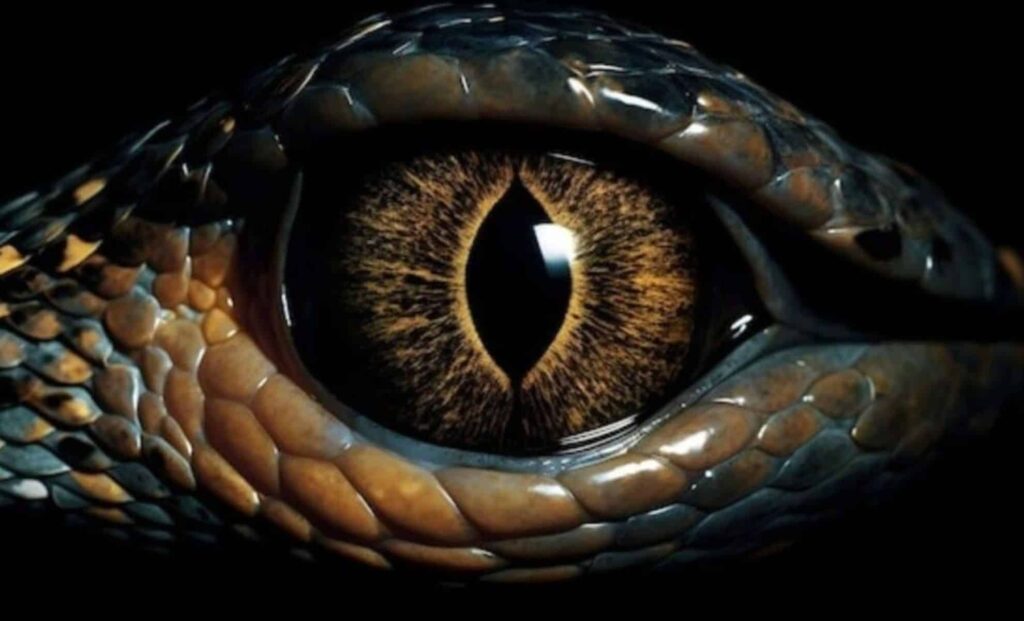Far from the bustling cities of Papua New Guinea, on the remote Misima Island, an unexpected encounter is rewriting the story of the region’s rich biodiversity. Fred Kraus, a researcher from the University of Michigan Ann Arbor, had traveled to the island to document the diversity of its reptile population. What he uncovered during his exploration, however, was far beyond anything he had anticipated.
It was in a mining site on Misima Island that Kraus came across a series of snakes that seemed out of place—long, with distinctive white chins and large black eyes. Measuring around 4 feet in length, these snakes were far from ordinary. Intrigued by their striking matte black coloring, Kraus quickly realized he was dealing with a new species. This species, named Dendrelaphis atra, or the atra tree snake, would soon make headlines for its unique appearance and mysterious features.
A Creature Unlike Any Other
The newly discovered snake is a part of the Dendrelaphis genus, but it stands out for its appearance and behavior. The Dendrelaphis atra is easily recognizable by its sleek black skin and bold, dark eyes. Kraus, in his study, published in the journal Zootaxa, pointed out an intriguing aspect of the snake’s development: younger snakes exhibit a gray-brown color, but as they mature, they darken into a striking uniform black. This color shift is a key characteristic that sets the atra apart from other species in the same genus.

These snakes were found in various locations around Misima Island, including village gardens, rainforest ridges, and even human-modified areas like the mine site where Kraus initially encountered them. Despite their widespread presence, much about their behavior and ecological role remains unknown. Kraus’s discovery has ignited interest in understanding the broader ecological impact of the Dendrelaphis atra and the biodiversity of Misima Island as a whole.
A Glimpse into a Biodiversity Hotspot
Misima Island lies within the Milne Bay Province, an area recognized for its extraordinary biodiversity. Papua New Guinea itself is home to over 5% of the world’s total species, making it one of the most biodiverse places on Earth. The Milne Bay Province, particularly, is considered a hotspot for endemic reptiles and amphibians, and the discovery of Dendrelaphis atra adds to this growing list.
Kraus’s work extends beyond just the Dendrelaphis atra. He also identified three additional species of snakes, each endemic to different islands in the Louisiade Archipelago. This highlights the incredible variety of life in the region and the importance of its conservation.
With every new discovery, the region’s role in global biodiversity efforts becomes more critical, underscoring the urgent need for continued research and protection of its unique habitats.

